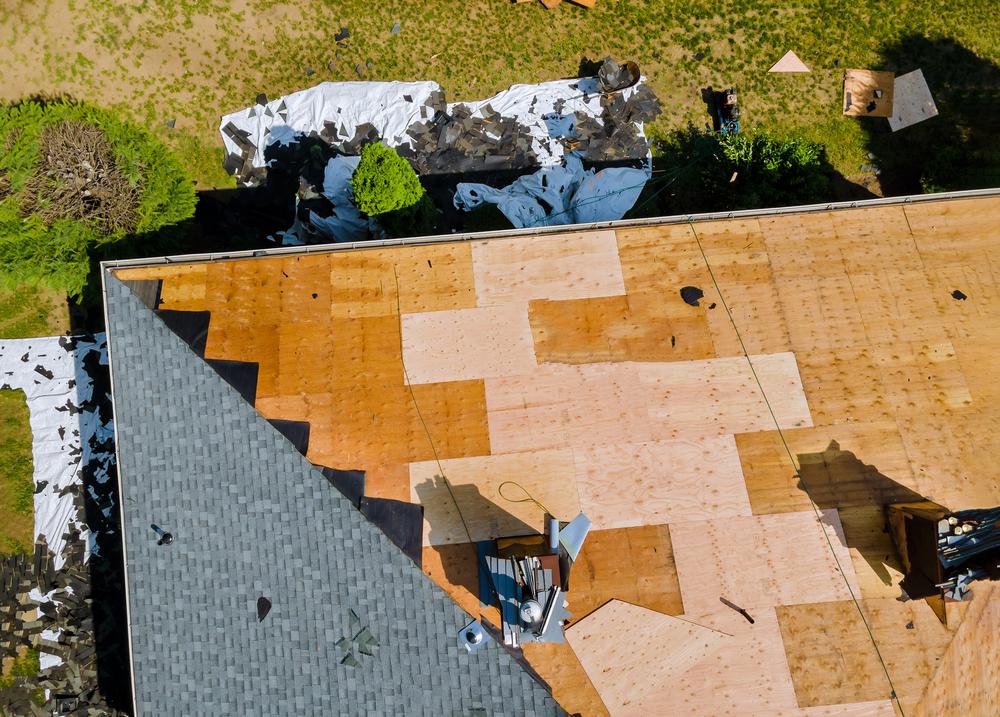Making decisions about everything from financing choices to shingle materials is necessary for a comprehensive roof replacement. Rhino Roofing has supplied the answers to some of your most frequently asked roofing concerns so that you will be ready when you decide to move forward and invest in a complete roof replacement.
How can I determine whether I need a new roof?
The solution may be as simple as a hole in your roof, shingles missing, leaks, or animals living in your attic. Sometimes the indications that your roof needs replacing are a little more subtle. In order to prevent problems brought on by a damaged roof, it may be time to replace your roof if it is older than 12 to 15 years.
Ice dams, missing or broken flashing, curled or curling shingles, and discolored walls and ceilings are other telltale signs that it’s time to replace your roof.
How frequently does a roof require replacement?
It’s challenging to provide a clear response because the durability of your roof will rely on its materials, installation, and ventilation. A sturdy, well-built roof typically has a lifespan of 12 to 15 years. That number may increase to 30 or more depending on the quality, kind, and underlayment of the shingles you choose for your roof.
What is the price of a new roof?
Each roof has a varied price because each roof is unique. Several aspects are taken into account by roofing contractors when determining the cost of your new roof, including size, old roof removal, style, shape, materials, and additional features like chimneys, skylights, and vents that they must work around.
A replacement roof is a significant financial commitment, thus it would not be in our client’s best interests to provide a price without first assessing your particular needs.
However, there are several ways to finance your roof once the cost of your new roof has been determined, making paying for your roof replacement simple and inexpensive.
Should I have a new roof before I put my house up for sale?
The quality and aesthetics of the roof account for a staggering 40% of a home’s curb appeal, according to Better Homes & Gardens. If your roof needs significant maintenance, extensive repairs, or replacement before you put your house on the market, it could be difficult to attract buyers.
These days, many purchasers are on a tight budget and don’t want to spend money on significant repairs right away after purchasing a home. Before you sell, replacing your roof might help you avoid problems while still recovering most, if not all, of the expenditures.
What time of year is ideal for roof replacement?
Despite the fact that there is no set “roofing season” and roofers are employed year-round, summer and fall are typically busier seasons for most roofing companies. The majority of individuals choose to have their roofs replaced in the dryer, warmer months because of how quickly roofers can safely and effectively complete your roof in the event of snow, rain, ice, or sleet.
However, due to more supply and lower demand in the winter or spring, replacing your roof can go more quickly.
Can I change my roof on my own?
Roofing is not one of the home improvement jobs that can be “DIY’d” and successfully completed. One of the riskiest DIY jobs you can undertake, more than 6,000 Americans every year pass away from falls in the home, many of which are caused by falls off ladders and roofs while performing maintenance or repairs. Additionally, you run the risk of voiding the present guarantee on your roof or performing the work incorrectly, which may necessitate costly future repairs and replacements.
Not to add, a one-man roof replacement work carries a higher chance for mismatched shingles, holes, and other problems with the appearance and quality of your roof compared to a job performed by an experienced team of professional roofers.
Which roofing material Should I Use?
Your roof’s shape and design will determine whether you require a flat or shingle roof, and whether you utilize asphalt or designer/luxury shingles will probably depend on your budget. It’s crucial to remember that your roof is made up of a variety of different materials. Decking, drip edge, ice and water barrier, underlayment, flashing, and ventilation are additional materials in addition to shingles.
Have more inquiries?
To learn more about our options, deals, and to request an estimate, get in touch with the roof specialists at Rhino Roofing or contact us online. We’ll assist you in navigating the nuances of roofing so you can receive the ideal roof for your requirements.


